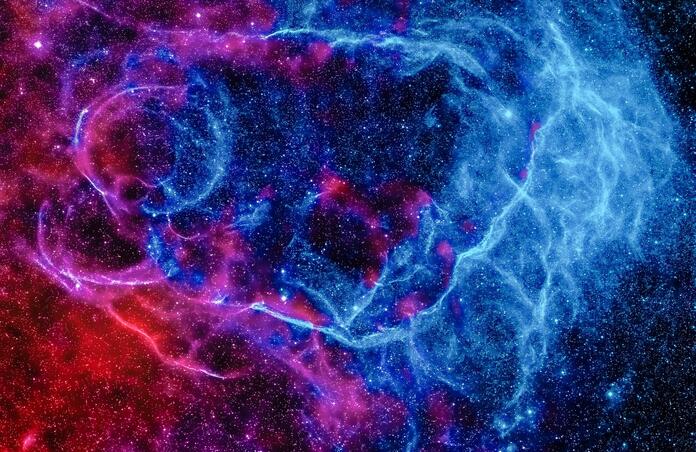What the XISF?

Most astrophotographers are familiar with the FITS format of image files. Flexible Image Transport System (FITS) is the most commonly used image file in astronomy. However, Pixinsight introduced a file structure called Extensible Image Serialization Format or XISF. This format delivers additional capabilities to the storage of digital image files.
Extensible means that the use can be extended to include future needs and changes to requirements for the storage and transmission of data files.
Serialization gives the users the ability to add information to the file beyond just the image data.
The specification for a XISF file can be found at https://pixinsight.com/.../XISF-1.0-spec/XISF-1.0-spec.html for those that are so inclined to dig deeper.
There is so much flexibility for the storage of image data, its accompanying metadata, and supporting information that it overcomes many of the shortcomings of the FITS format.
When first using Pixinsight, it may be intimidating to switch to a novel format and naming convention.
But, one soon learns that the heavy lifting is done in the background by the Pixinsight software.
Other than the name, for most users, the file structure and organization are transparent.
Rest assured that you can still save your image files in FITS by selecting that option when saving the output files.
If you work within Pixinsight exclusively, it may be more convenient to use the XISF construct than play with multiple file formats. Conversely, if you want to move freely from one astronomy processing software to another, it is easier to save it in FITS.
#### 23SEP2021
VELA SUPERNOVA REMNANT ONE-CLICK
The Vela supernova remnant is a supernova remnant in the southern constellation Vela. Its source Type II supernova exploded approximately 11,000–12,300 years ago.
@telescopelive One-Click Observation. Processed by Jim DeLillo
This blog post was originally published in our Telescope Live Community.
The Community represents Telescope Live's virtual living room, where people exchange ideas and questions around astrophotography and astronomy.
Join the conversation now to find out more about astrophotography and to improve your observation and post-processing skills!
